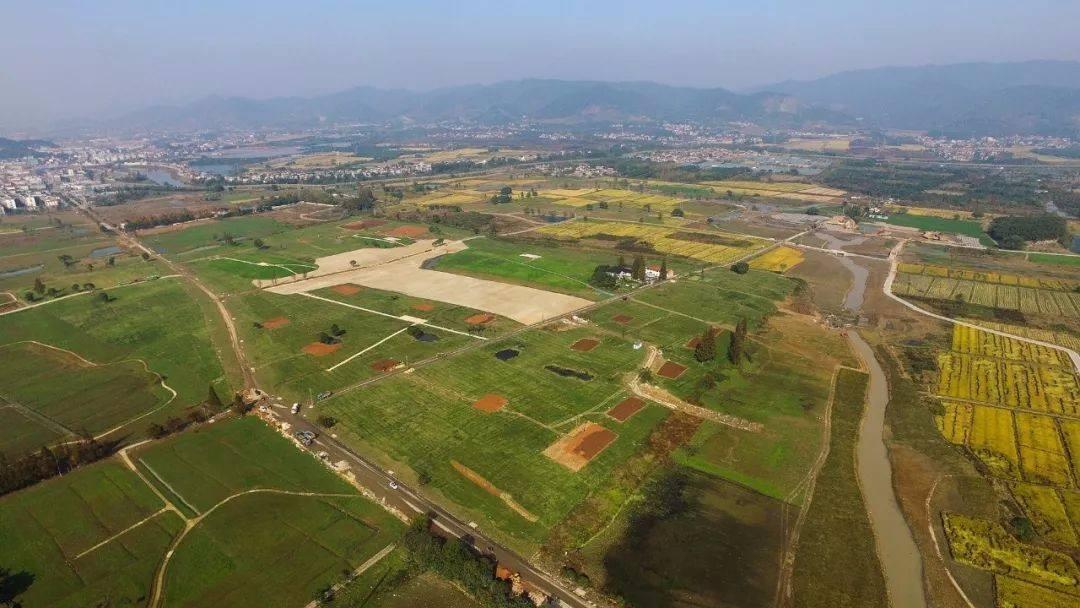BEIJING, July 10 (Xinhua) -- Since the first black potteries from the Neolithic Age were found in 1936, the Archaeological Ruins of Liangzhu took 80 years to be inscribed on the World Heritage List of the United Nations Educational, Scientific and Cultural Organization (UNESCO).
Located in east China's Zhejiang Province, the property was inscribed at the 43rd session of the World Heritage Committee with the UNESCO held on July 6 in Azerbaijan's capital Baku, 25 years after it was included in China’s world heritage tentative list.
According to the World Heritage Convention, the property meets the criteria of bearing a unique or at least exceptional testimony to a cultural tradition or a civilization which is living or has disappeared and being an outstanding example which illustrates a significant stage in human history, as it reveals an early regional state with a unified belief system based on rice cultivation of 5,000 years ago and is an outstanding example of early urban civilization.
Liu Bin, director of the Institute of Cultural Relics and Archaeology in Zhejiang Province, said that more than 80 years of archaeological excavation and research of Liangzhu relic sites could be divided into three major stages: the discovery of a single site, the confirmation of the settlement of the archaeological sites, and discovery of Liangzhu ancient city and the water conservancy which reveals of the overall landscape.
The archaeological excavation of Liangzhu culture began in 1936 with a group of archeologists founded over ten Neolithic sites characterized by black pottery in Liangzhu town of Yuhang district.
Then in 1986, the Fanshan relic site was discovered and a social hierarchy expressed in differentiated burials in cemeteries was revealed. At the 50th anniversary of discovering Liangzhu ruins, the term of Archaeological Ruins of Liangzhu was first brought up by an archeologist named Wang Mingda, according to Liu Bin.
In June 2006, an archaeological team led by Liu Bin touched a stone in the depth of more than 3 meters and then the walls of the ancient city were all discovered in November of 2007. Thus, a 500-year-old kingdom flooded in history surfaced.
The discovery, excavation and successful listing as world heritage of the Liangzhu ancient city relic reflected the results of the unremitting efforts of generations of archaeological research and protection workers in more than 80 years, said Zhang Zhenfeng, member of the Standing Committee of the CPC Hangzhou Municipal Committee and Party chief of Yuhang district. (Edited by Yang Qi)




 A single purchase
A single purchase









